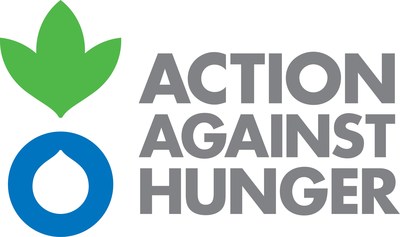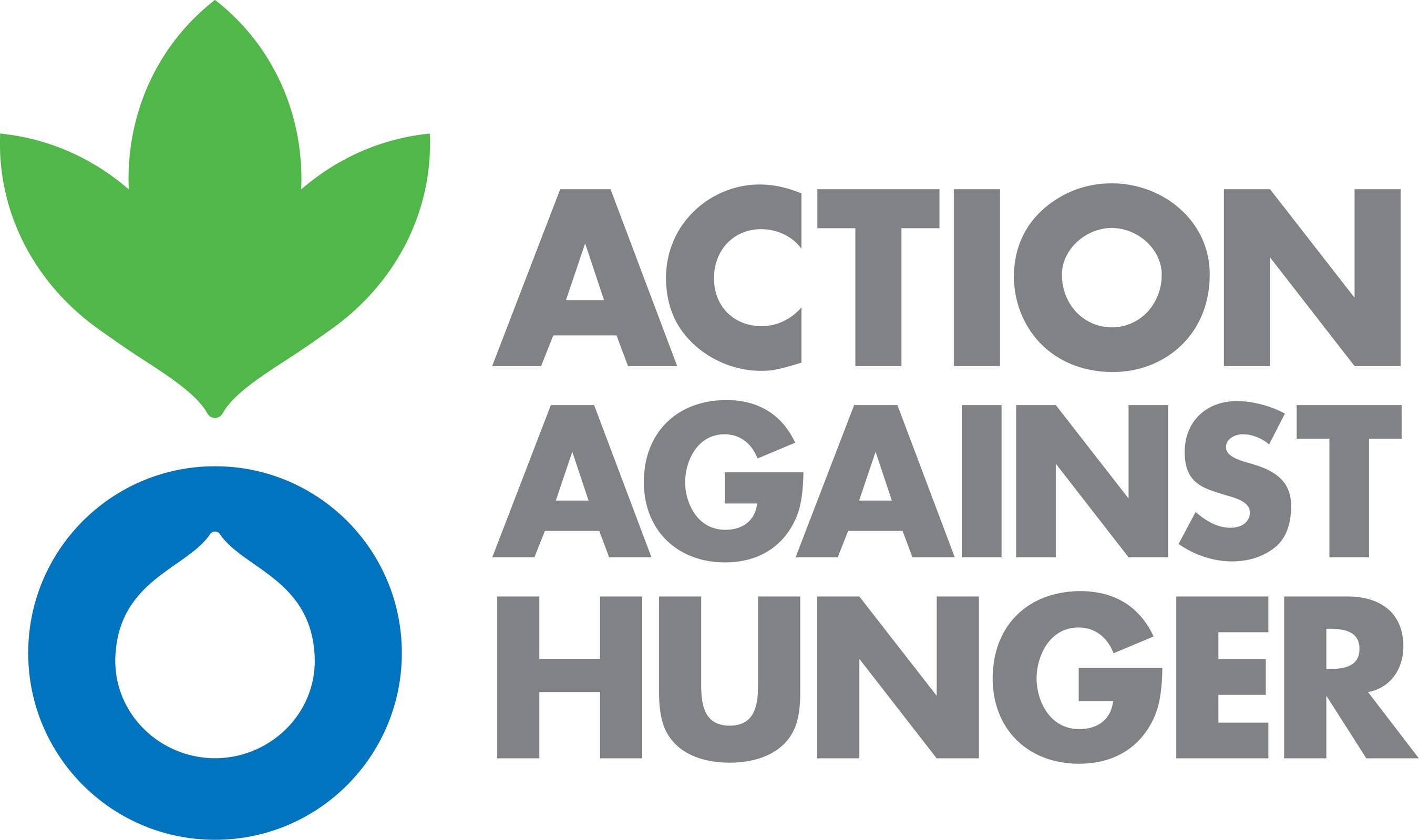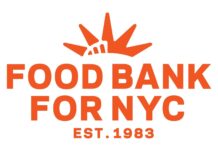NEW YORK, March 4, 2021 /PRNewswire-HISPANIC PR WIRE/ — More than 85 percent of families living in rural areas across Nicaragua, Guatemala, El Salvador, and Honduras face food insecurity, according to a household survey conducted by a coalition of humanitarian and development organizations, including Action Against Hunger, a leader in the global fight against hunger. Two additional surveys conducted by the organization in Colombia and Peru also indicate alarmingly high levels of hunger as a result of the COVID-19 pandemic.

Even before the pandemic, more than 39% of people in Central America suffered from food insecurity, and new data suggests the pandemic and extreme weather could cause this number to triple in many parts of this region.
“Although Latin America has more than 19 million confirmed cases of COVID-19, the people we serve say they are more afraid of hunger than the virus,” said Miguel García, Action Against Hunger’s Regional Director for Central America. “Those who depended on informal daily labor have lost their incomes because of movement restrictions. In the markets, food is increasingly expensive because of the pandemic’s economic and commercial consequences.”
One of the most critical areas is known as the Dry Corridor, which extends from Nicaragua to Guatemala and includes parts of El Salvador and Honduras, where the World Food Program says at least 1.4 million people are in need of food assistance. Action Against Hunger and its partners surveyed thousands of households in this region in October and November 2020. In one sample of 3,700 homes, 86% of families were experiencing food insecurity.
Adding to the socioeconomic damage caused by the pandemic are the impacts of severe drought in 2018 and 2019, along with hurricanes Iota and Eta, which hit the region in November 2020 and caused displacement and crop loss. Families faced with extreme poverty and hunger have gone into debt, resorted to borrowing from family or friends, or are selling their scarce possessions.
“Government protection programs for people in the worst socioeconomic situations can prevent millions of people from falling into misery. Yet, the roll out of these programs has been extremely uneven across the region, and millions of people not getting the support they need, including nutritious food,” García explained.
Action Against Hunger and its partners, with the support of the European Union, has set up a support network that has provided food assistance and prevented more than 50,000 people in rural communities in the Dry Corridor from reaching emergency hunger levels.
Additional new data shows increasing poverty and hunger in Colombia and Peru as well. In a separate survey of 34,000 families in Colombia, 98% said they could not meet all of their basic needs, including food and housing. The tight living conditions among migrant families also increases the potential spread of COVID-19. The survey of Colombians, Venezuelans and bi-nationals living in Colombia was conducted by Action Against Hunger and its partners over the course of the pandemic, from April 2020 through January 2021.
“More than 58% reported living in overcrowded conditions,” said John Orlando, Country Director for Action Against Hunger in Colombia. “13% of the time, as many as five people are forced to share a tiny bedroom.”
In Peru, household incomes have fallen by an average of 33%. The “common pots” (or “ollas communes”) – self-managed community kitchens that are primarily run by women – have become an escape from hunger for thousands of Peruvians.
“According to our survey of 222 families in metropolitan Lima, 8 out of 10 families saw their incomes fall. Three out of four of those surveyed are food insecure. Venezuelan families, large numbers of whom have arrived seeking refuge in recent years, are particularly impacted,” América Arias, Country Director for Action Against Hunger in Peru, noted. “Especially worrying is reduced iron in diets, which is key to fighting anemia.”
Cash assistance is one of the most effective humanitarian interventions in this crisis. “On the one hand, it is a dignified alternative, which gives people the option of how to address their most urgent needs,” said Orlando. “Well-run cash transfer programs also allow the most vulnerable to engage with the local economy. This injection of cash in the marketplace also strengthens the local economies in the communities where these families live.”
Action Against Hunger is calling for $78 million from the international community to fund its three-pronged regional response that includes:
- Humanitarian relief for families by providing food and cash assistance, treatment for malnutrition, as well as hygiene materials and protective equipment for COVID-19 prevention.
- Community support by strengthening health systems and clinics and small business support to stimulate job creation.
- Data collection and analysis to assess the distinctive drivers of hunger on a local level and tailor interventions with local partners.
“We want to step up as a safety net of last resort for the thousands of people who are going hungry as a result of the pandemic. We are trying to improve nutrition and access to water, and help people get their livelihoods back. We’re going to work tirelessly to achieve this,” said Benedetta Lettera, Desk Officer for Action Against Hunger’s programs in Latin America.
More Details
Action Against Hunger conducted three separate surveys to measure growing hunger in Latin America:
- In Nicaragua, Guatemala, El Salvador, and Honduras, Action Against Hunger, together with our partners, Oxfam, COOPI, Trócaire, and We World-GVC, surveyed 3,700 families between October 20 – November 13, 2020.
- In Columbia, 34,000 Colombians, Venezuelans and bi-nationals were surveyed by phone or in person between April 2020 through January 2021. This study was conducted by Action Against Hunger, Danish Refugee Council, and Norwegian Refugee Council.
- Finally, 222 families in metropolitan Lima, Peru, were surveyed by Action Against Hunger between September 14 – December 11, 2020
About Action Against Hunger
Action Against Hunger is the world’s hunger specialist and leader in a global movement that aims to end life-threatening hunger for good within our lifetimes. For more than 40 years, the humanitarian and development organization has been on the front lines, treating and preventing hunger across nearly 50 countries. It served more than 17 million people in 2019 alone.
Logo – https://mma.prnewswire.com/media/452004/Action_Against_Hunger_Logo.jpg
SOURCE Action Against Hunger







